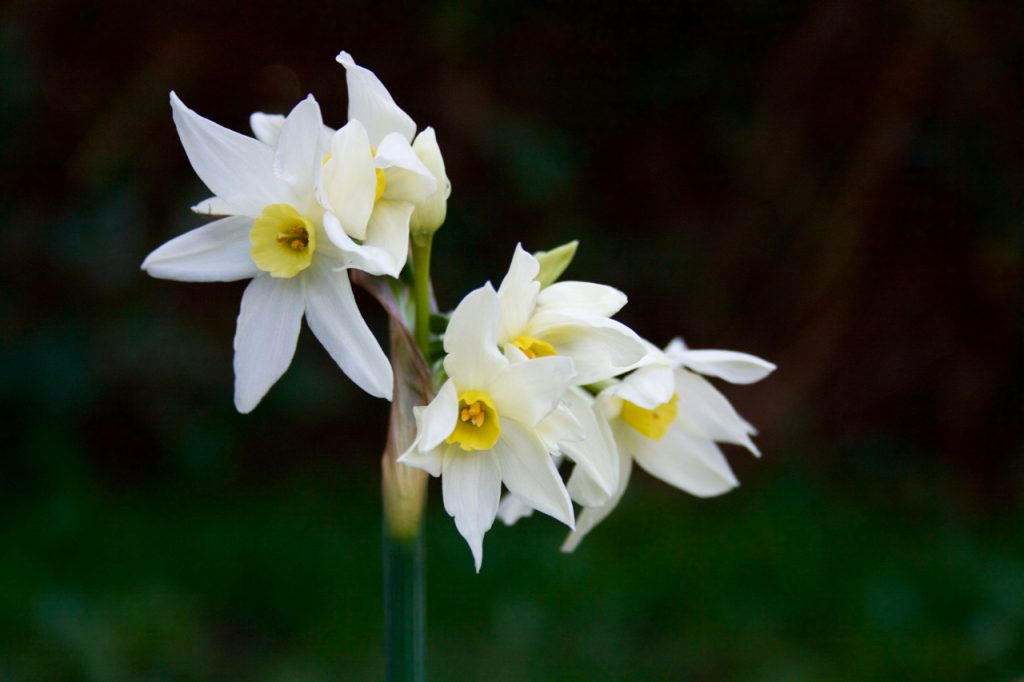In the Agro Pontino, the reference vegetation series are numerous.
Among the important species of flora on a regional scale are: in the SCI IT6040002 Myriophyllum verticillatume Sparganium emersum; in the SCI IT6040003 Hydrocotyle ranuncoloides, Thelypteris palustris, Osmundaregalis, Linum maritimum, Cirsium monspessulanum, Euphorbia palustris, Orchis palustris, Nymphaeaalba; in the SCI IT6040008 Butomus umbellatus, Hydrocotyle ranunculoides, Nuphar luteum, Nymphaeaalba, Salvinia natans, Utricularia vulgaris.
Leaving the coast line, where the halophilous geosigmeti dominate, you enter a wide stretch of plain where the “preappenninic coastal Tyrrhenian central subacidophilous series of the farnetto prevails (Mespilo germanicae – Quercofrainetto sigmetum), which can be seen in the state-owned forest of Circeo.
This main sigimeto is flanked by some accessory series such as Veronico scutellatae-Quercetum roboris, present in depressed morphologies with stagnation of water or groundwater outcrop. Approximately 10 km from the coast you enter the “coastal Tyrrhenian geo-glyph of the hygrophilous and marshy vegetation of the back-dune systems and the coastal plains”, in which the hygrophilous woods of Quercus robur and Fraxinus oxycarpa potentially dominate. Currently, in a landscape matrix dominated by agriculture and urbanization, few elements of this geosigmeto resist, which find refuge in the Sites of Community Interest and in the network of canals that crosses the Agro Pontino.
Recent studies highlighted the presence of numerous emergencies of Italian flora related to aquatic environments (eg Butomus umbellatus, Callitriche brutia, Hydrocharis morsus-ranae, Hydrocotyle ranunculoides, Nyphaea alba, Potamogeton berchtoldii).
The canals are not the only refuge for the spontaneous flora, which in some cases manages to survive even in agricultural and strongly anthropized areas. Thus in the few marginal sectors of the agricultural matrix and in the rare abandoned fields it is possible to come across species of very high value such as Cornucopiae cucullatum and Isoëtes longissima. The communities that can be found in a more strictly aquatic environment fall mainly into two classes: Lemnetea minoris, which describes the pleustophitic communities of still or weakly flowing waters, and Potametea pectinates, phytocenosis dominated by rhizophytes typical of mesotrophic and eutrophic waters. The communities of Potametum pectinati and Ceratophylletum demersi, typical of eutrophic and slightly oxygenated waters, are very widespread, while monospecific populations prevailing along the banks are attributable to the Phragmitetum australis.
The areas characterized by greater naturalness, where communities with greater diversity and relevance are found floristic, they are above all those settled in correspondence of the piedmont springs. Here we see communities of the Ranunculion fluitantis, Callitricho-Batrachion alliances (habitat 3260), Charion vulgaris (habitat 3140), Nymphaeion albae and Lemnion trisulcae (habitat 3150), Paspalo-Agrostionverticillati (habitat 3280), Nasturtion officinalis, Glycero-Sparganion. Finally we note the important presence of the communities belonging to the Isoëto-Nanojuncetea class (associable to habitat 3120 in areas where there is permanent presence of water and to the priority habitat 3170* in situations where water is present only during the period winter and spring) that find refuge not only within the protected areas but also in the agricultural matrix.

